20 million traffic planning like a dream? (Top)|Submission #10
Author: Crazy Australian Girl
In May, the Macao SAR government consulted and collected opinions on the draft of the "Overall Land Transport Plan for Macao (2021-2030)" (hereinafter referred to as the Traffic Plan). The core task of this traffic plan is to solve the long-standing traffic congestion in Macao. Cyprus issues and better integration into the overall national development situation.
When the entire transportation plan is publicly consulted, it rarely attracts the attention of the public. Among them, some scholars pointed out that "this plan is scientifically diagnosed and the right medicine is prescribed. They believe that the opinions expressed by most residents mainly focus on perceptual and emotional intentions, and have not formed a holistic, rational and professional opinion, let alone "why" "The rationale."
In addition, some local town planners believe that this plan has no solution to the problem of sticking to the ground, and that the off-ground concept is "creative". Therefore, this paper attempts to explore whether this plan is off the ground in a holistic and professional manner with limited data.
First, let's analyze the light rail that the public is more concerned about. From the perspective of implementation possibility, this 10-year transportation plan cancels the Macau Peninsula Inner Harbor Line and Macau Peninsula Line, which greatly reduces the difficulty of construction of light rail projects, especially the elimination of the promotion of urban renewal projects in old districts, which will be beneficial to the overall light rail. realization of the route.
However, from the perspective of traffic efficiency, a traffic project that cannot form a closed loop will greatly reduce its utilization rate, resulting in the entire light rail focusing on serving passengers (Note 1), supplemented by citizens. Comparing the rail transit planning in various regions, we can see that rail transit is not only the favorite means of transportation for passengers, but also the travel mode that citizens generally rely on for their daily work.
Therefore, the author interviewed a senior chief engineer of the Shenzhen Planning Institute for the opinion of why Macao's construction of light rail at a high cost has not achieved good results, so as to further understand whether there is room for improvement in the current light rail planning in Macao.
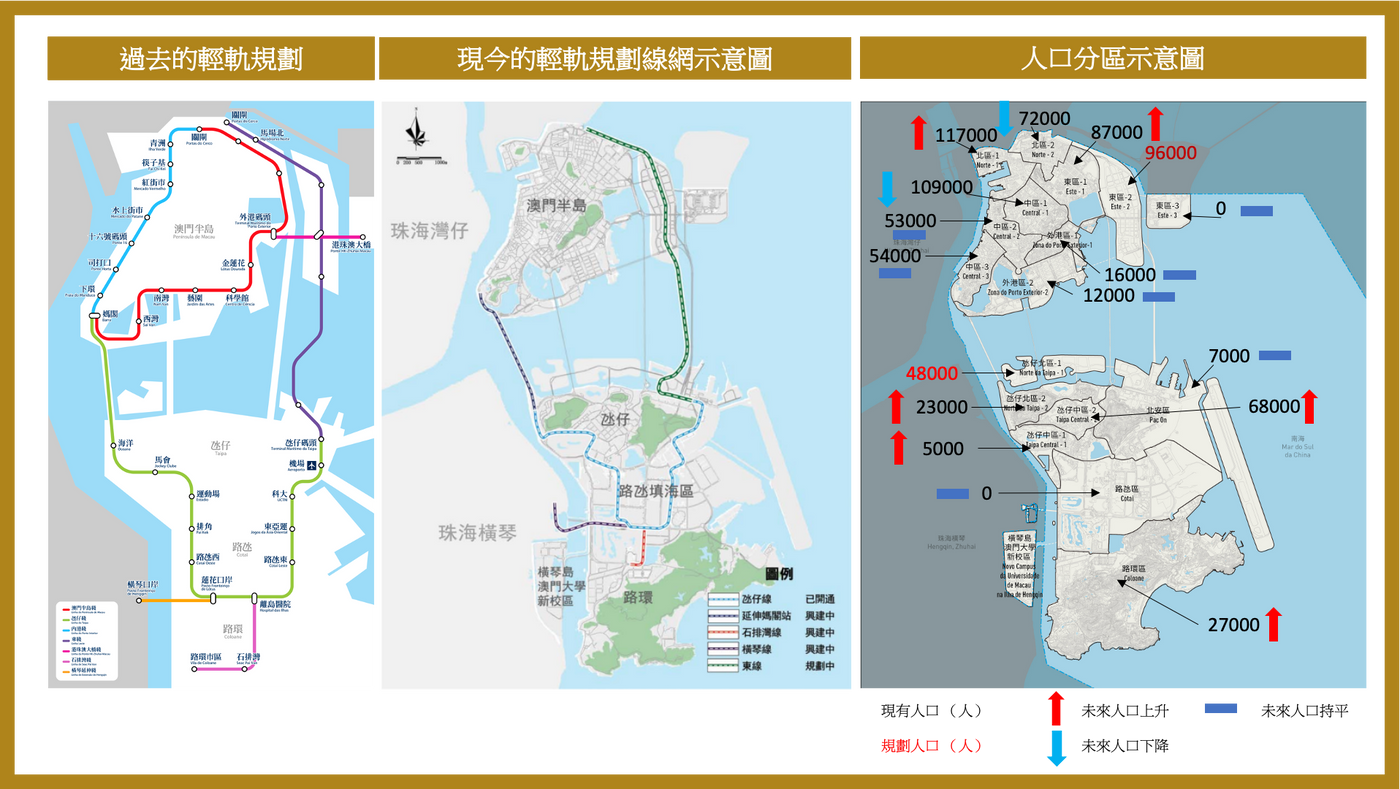
He pointed out that Macau, as an international city, did not design TOD ( Transit-Oriented Development ) in transportation planning, which surprised and strange to him, because the neighboring high-density cities such as Singapore, Hong Kong and Shenzhen did the same. Obviously, Macau lacks a comprehensive transportation hub that can integrate bus terminals, rail connections, business, and residential. Since it is to do the track, the development of TOD is necessary. To do the TOD in the place where there is development space, and in the built-up area, it can only be changed.
Then, who had never been to Macau, he could only use a map to get a general understanding of the city's urban construction, and asked me strangely, "Why does Macau have a large area of land for parking buses (picture 2), it's so wasteful, and there is room for imagination in this land. It's huge!"
Two minutes later, he asked, "Macau is an international famous city. Your airport is really a bit rudimentary, will it not be changed in the future?"... The author also felt helpless in the face of all kinds of problems. He only took 5 minutes to count it out on a map. There are many urban construction problems in Macau, why is it difficult for the Macau SAR government to make plans?
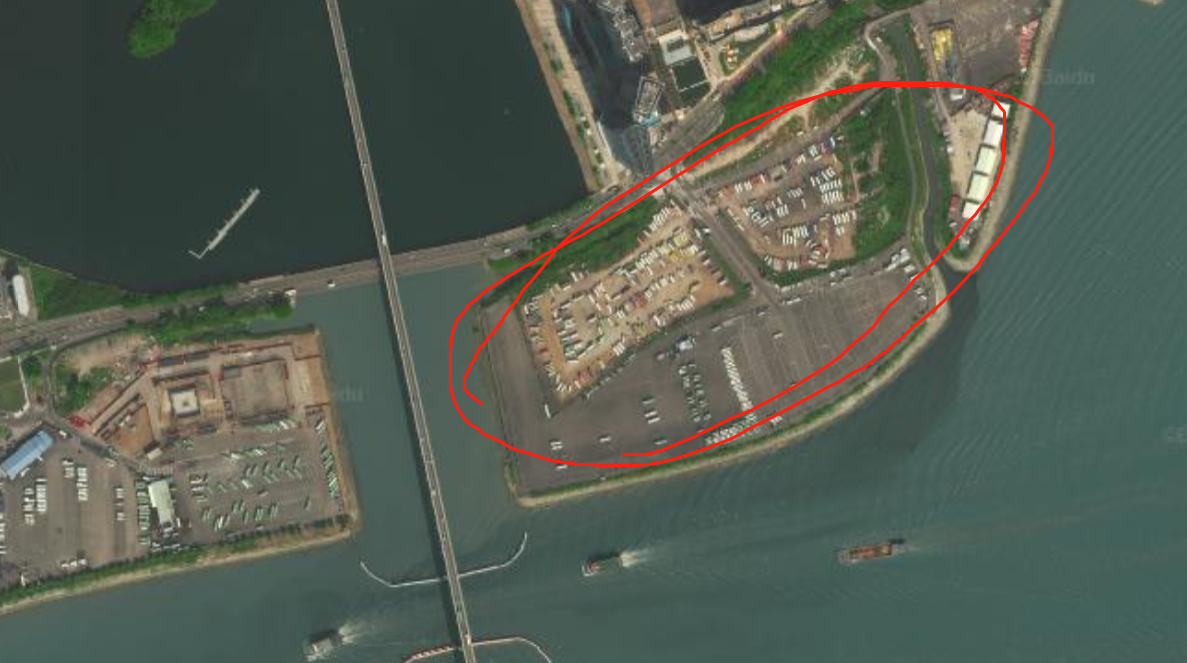
Afterwards, the author and him reached the following preliminary consensus on the Macau LRT route (Figure 3) (Note 2). First, referring to the three-dimensional integrated transportation hub in Singapore, at least four first-level integrated transportation hubs are planned, and Bei'an and Macau Airport Station can be selected. If Macau Airport Station is selected, the overall area of the airport can be upgraded and transformed to further expand the extension functions of the airport, including the planning of parking spaces.
Second, two horizontal main lines and a branch line on the Hengqin campus of the University of Macau will be added to further strengthen the horizontal flow and form three small closed loops. This part mainly considers the transfer of urban population to new urban areas in the future, and also considers the planning of new roads in Macau in the future. The SAR government can consider building new light rail routes (the two main lines proposed in this article) when building new road passages. It can reduce the time cost and capital cost of construction.
The construction of the branch line of the Hengqin campus of the University of Macau (Figure 3) can meet the needs of students and daily residents to go to Hengqin for study and leisure. At the same time, it is designed as a branch line of the Hengqin Line rather than an extension of the Shek Paiwan Line, which is to consider its construction cost. And the problem of entry and exit, greatly improving the possibility of construction.

Third, the secondary integrated transportation hub can be implemented according to the current simpler transportation hub planning due to land constraints (such as the Bei'an Taipa Ferry Terminal in the transportation plan). Fourth, due to the sufficient space in Taipa and Cotai, consider building a bicycle path in Hong Kong as a rail station connection traffic and green leisure traffic.

In addition, some readers may wonder why both the author and the engineer suggested taking the Singapore three-dimensional integrated transportation hub as the reference object, especially the Singapore Jurong East integrated transportation hub (Figure 5)?
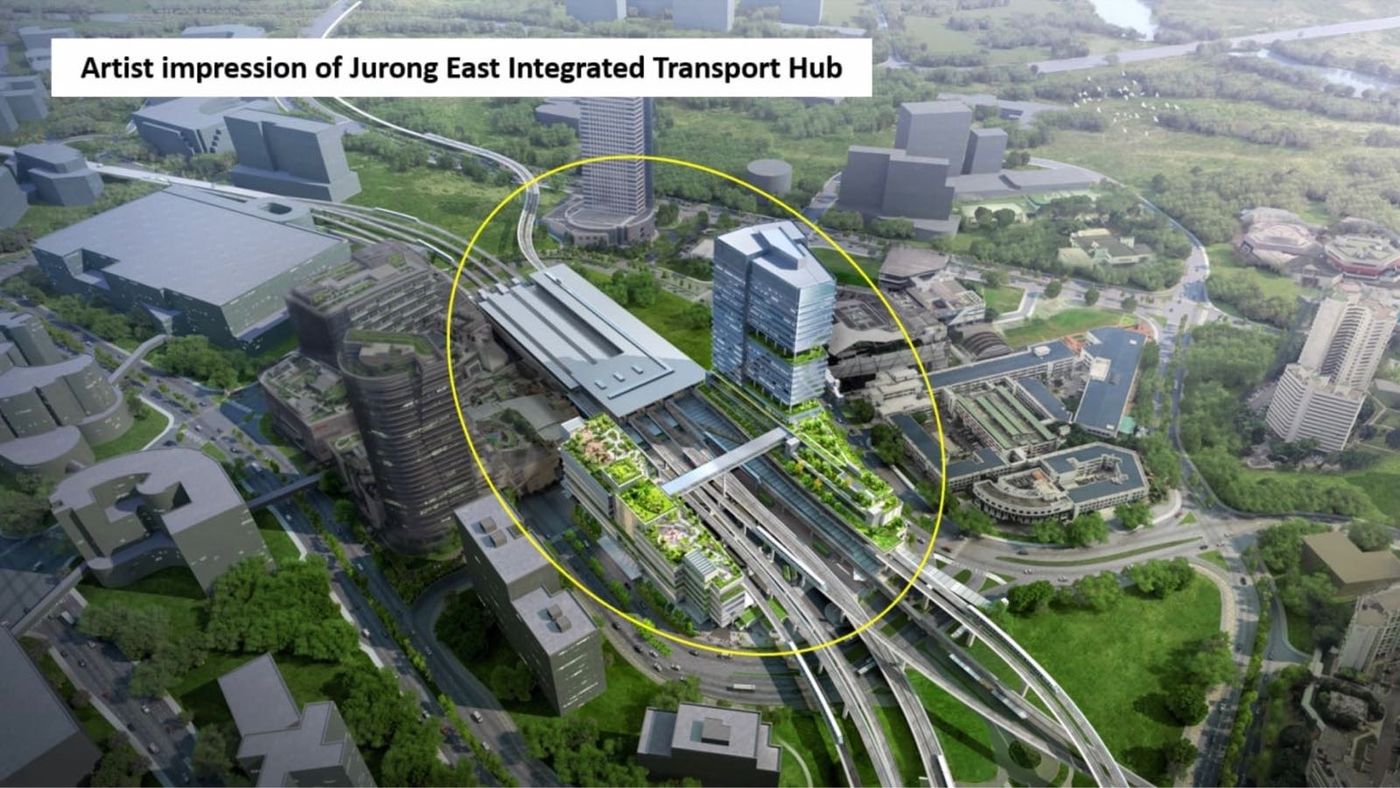
Mainly because of its efficient and people-oriented core design concept. Although Singapore's population density is not as high as Macau, its population density is also among the best in the world. Therefore, when planning, the Singapore government pays great attention to future long-term development planning, efficiency, ecology (focusing on the heat island effect), and residents' experience of use.
Among them, the Jurong East Integrated Transportation Hub is a new planning project launched in Singapore in 2021. The entire transportation hub integrates commercial office and citizen leisure and entertainment space planning to better empower Jurong's future development potential. The project contains office, public facilities and retail space, while building a 27-story tower and an 8-story podium, which are connected to each other through sky corridors, and maximize land use through vertical stacking of public and rest spaces.
The project also runs through the subway, bus, Jurong Regional Line (JRL), etc. to achieve convenient and fast transfer for residents, and build public corridors with natural ventilation and a roof that provides shade and rain protection, providing 24-hour all-weather between various modes of transportation. Corridor.
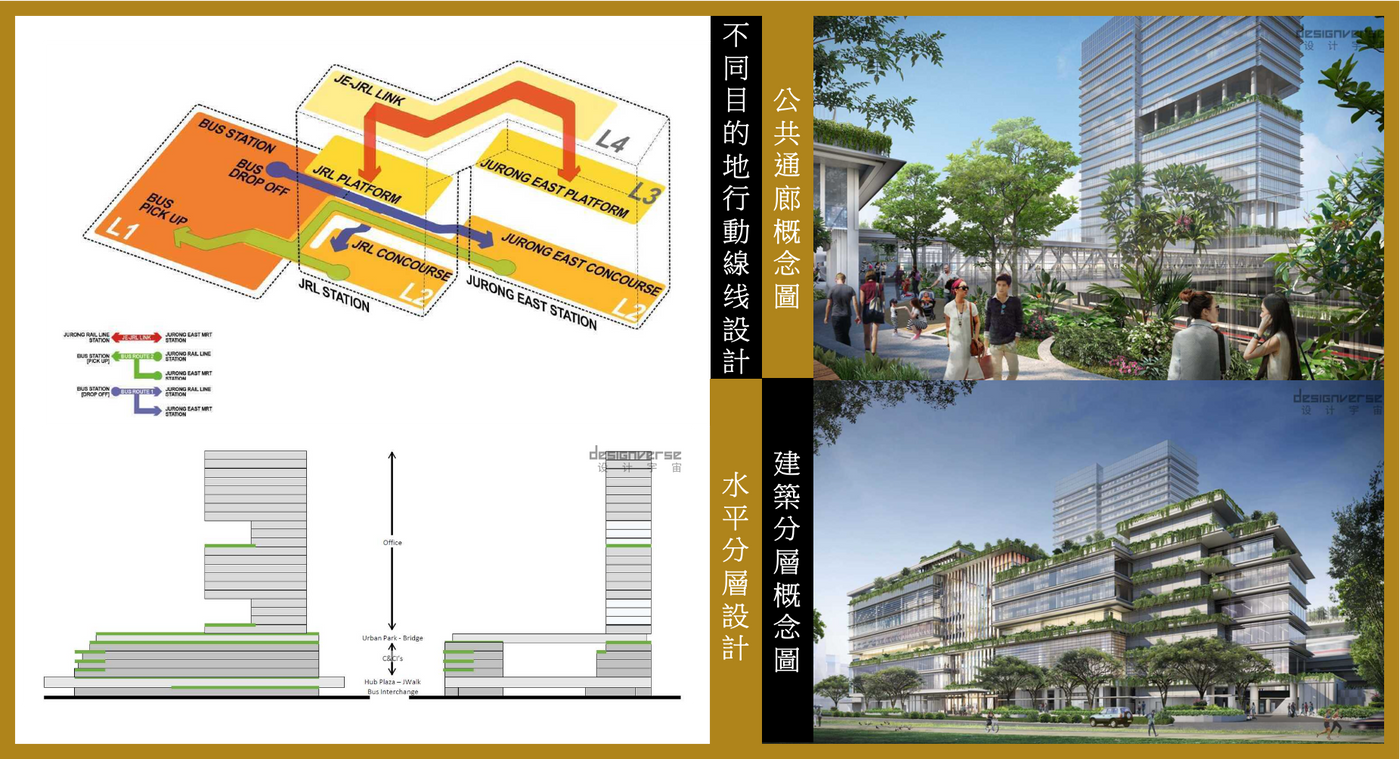
Finally, the author asked him, "What do you think about the transportation planning plan to study the construction of a cross-sea cable car?"
He responded, "Macau is characterized by a high population density, and Hengqin has three locations (referring to the Macau Peninsula, Taipa and Cotai, Hengqin) for commuting. If only ground transportation is used, the efficiency is too low. I think this Cable car transportation can not only solve the problem of commuting, but also become a particularly interesting window to see the scenery, so as to strengthen the tourism function of Macau, and I think Macau needs this very much.”
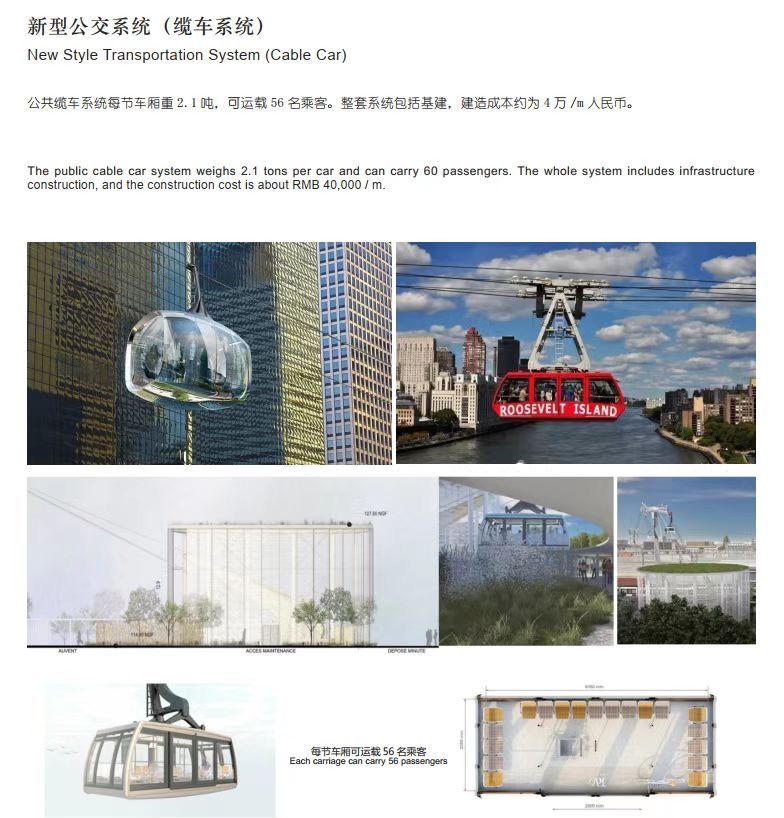
He noted that in May this year the Prague Public Transport Company (DDP) launched an open design competition with the task of designing three station buildings and five cableway support structures for the cable car line between Prague 6 and 8, as well as the station Landscape design around the area.
According to the Prague reference it shared, “The direct connection between the two densely populated areas of Bohnice and Dejvice has been studied many times in Prague’s history, especially in the form of rail transport. This connection will facilitate the interoperability of the city center. Three-dimensional traffic and minimize road congestion due to lack of connecting infrastructure. In this regard, the Podbaba-Troja-Bohnice cable car line will be a faster and less expensive high-capacity cable car than rail transport Connectivity Solutions."
This article attempts to provide some suggestions for Macau's ten-year transportation. The following will talk about how to plan for a good transportation.
annotation:
Note 1: Including working groups living in Zhuhai.
Note 2: Due to the lack of detailed information and data, it can only be described simply and rudely, please forgive me.
#Number of articles: 1️⃣2️⃣9️⃣
👉 Podcast|Free Newsletter|Patreon|Call for Papers...

Like my work? Don't forget to support and clap, let me know that you are with me on the road of creation. Keep this enthusiasm together!



